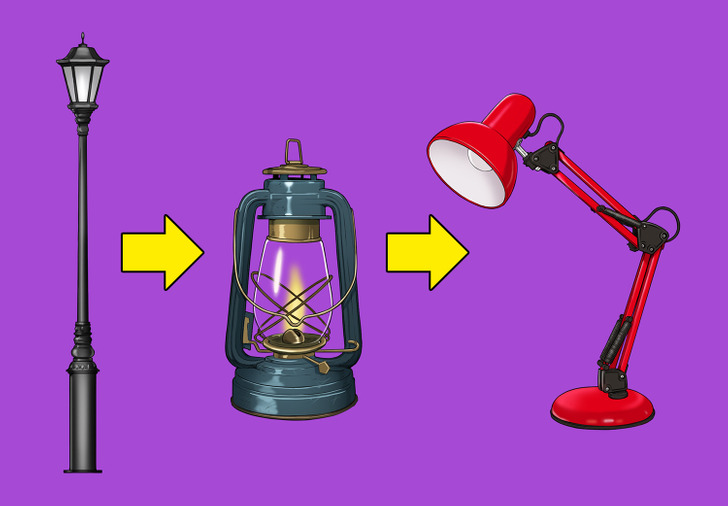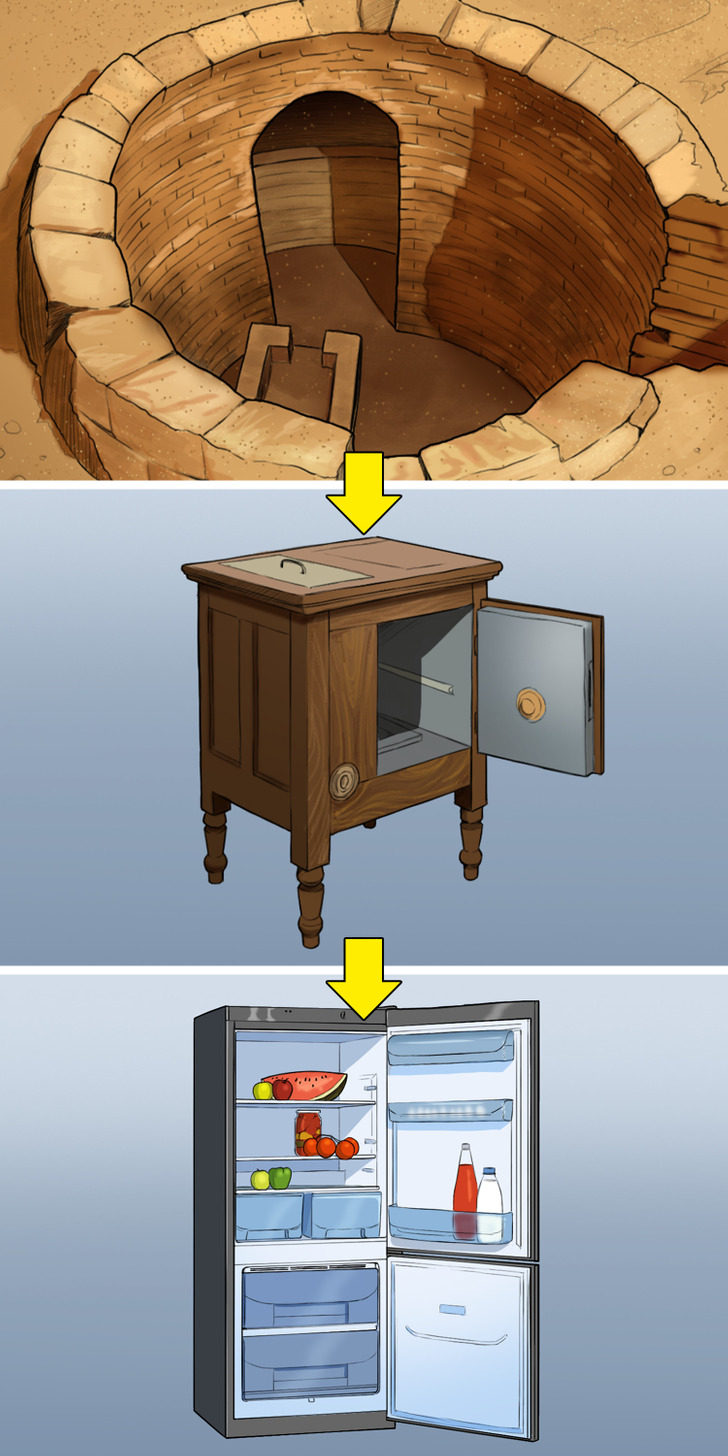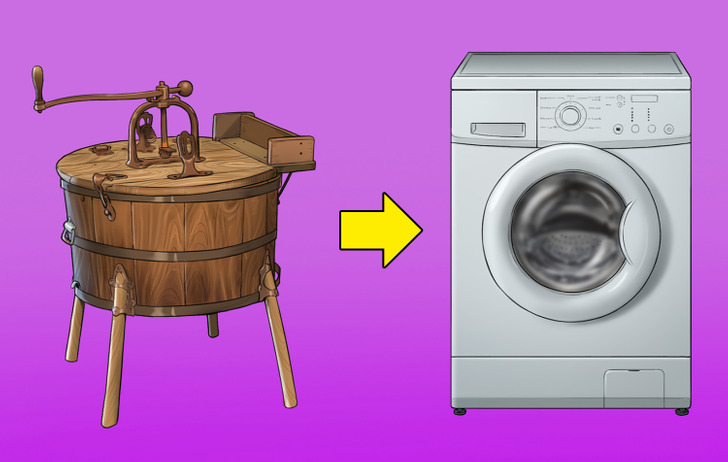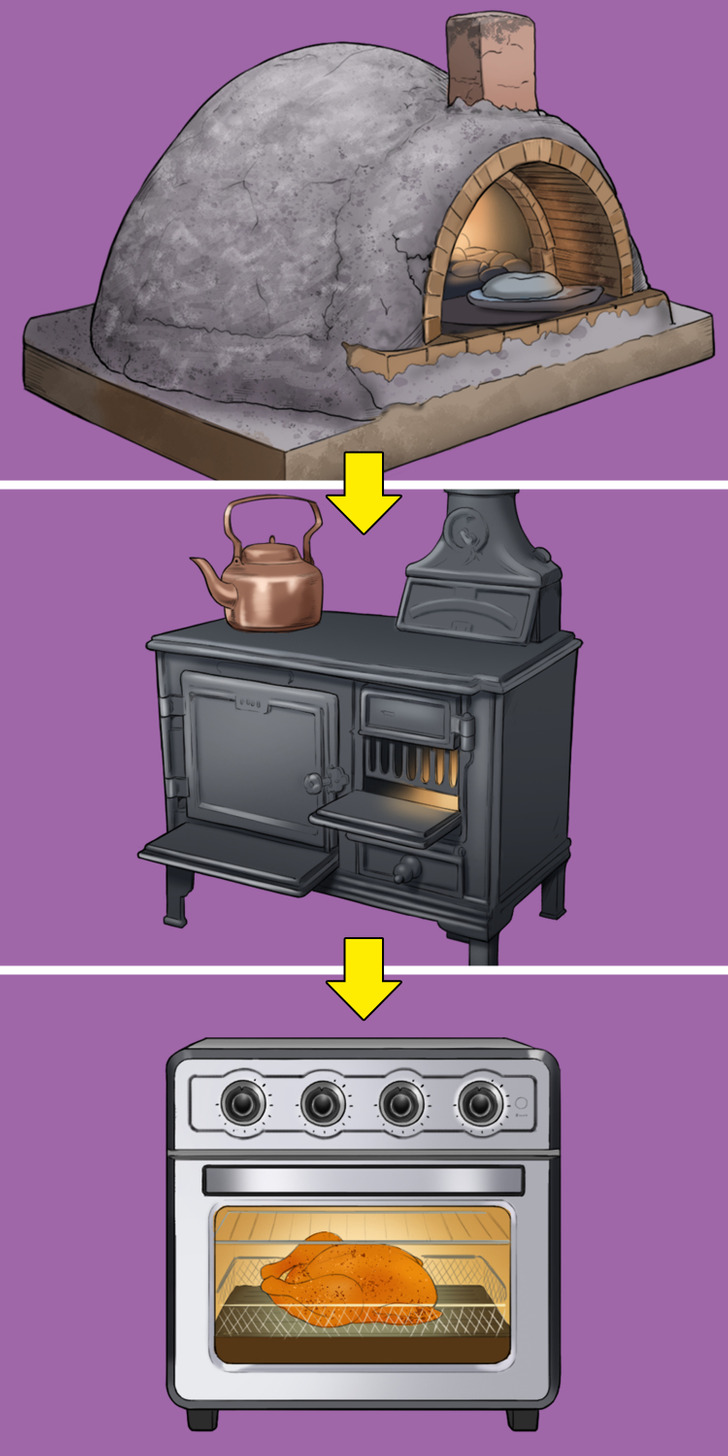What People Lived Like Before Electricity
It seems that modern life is impossible without electricity. However, people lived without this important invention just 2 centuries ago.
5-Minute Crafts decided to figure out how our ancestors lived without electricity and what they used instead of it.
Lighting

People have known that coal gas is flammable since the late seventeenth century. However, the first gas lantern was invented much later by a man named William Murdoch. He worked at a foundry and over the course of many experiments, he found that coal gas was the most effective. In 1792, he used this gas to light his own house, and in 1820, the streets of Paris were lit with gas lamps.
These lanterns were mounted on poles. They had to be lit every evening and extinguished every morning. This was done by specially trained people who also made sure that the necessary amount of gas entered the lamp because if there was too much gas inside, it would explode.
However, gas lamps were not portable, so new light sources were needed.
Kerosene was first obtained in 1846, and the first kerosene lamps appeared 7 years later. Unlike gas lamps, they could be easily transported from place to place and were used in rural areas until the 1940s, despite the advent of electrical lighting.
Refrigerator

Before the refrigerator was invented, people had to try hard to keep their food fresh. They used deep holes in the ground and cool cellars for this purpose. Wooden and clay containers were also used to store food.
Sometimes people created “refrigerators” that everyone could use. These were built either underground or as separate constructions and were used to store snow and ice collected in winter, helping to keep food cold in the warm season.
Some countries even purchased ice for household use. Ice was put into the upper compartment of a special icebox, food was placed in the middle compartment, and the lower shelf had a tray so that water from the gradually melting ice had somewhere to go.
Washing machine

The prototype of the modern washing machine was created in 1767 by the German botanist, Jacob Christian Schaffer. This machine was quite simple and looked like a wooden bucket with a handle that had to be turned to shake and wash clothes.
Mechanical washing machines were invented in 1830. And although the washing process became even simpler, it took a lot of physical effort to handle these machines.
To make laundry an easier task to perform, people also used a washboard to scrub dirt out, a wringer to squeeze excess water out, and advancements in soap technology.
Cooking

The ovens used before the advent of electricity were not convenient enough. For example, in order to control the fire in the oven, people had to add or remove firewood manually, if necessary. The temperature was also measured manually, and not the way we do it now by reading the information on the oven display — people had to put their hands into the oven, checking the temperature.
In the eighteenth century, an iron stove was developed that could heat several pots at once. The temperature in it could be regulated so that each pot was heated in a separate mode. A little later, not wood, but gas began to be used to heat the stove. The first model of a gas oven went on sale in 1834.